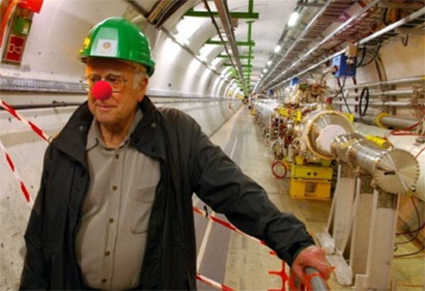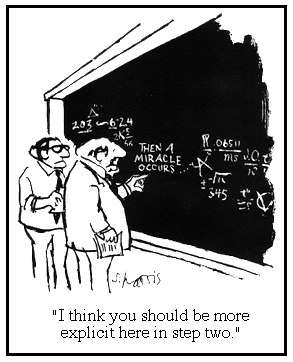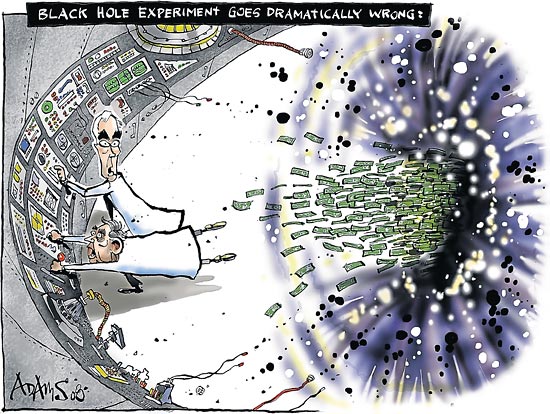Mad Lab
Member
Dr. F,
I read ur posts and watch your videos, but they don't have much substance. Your posts are ignorant on the issues your bring up and your videos are filled with a similar opinion but nothing that would be considered evidence against the subject at hand.
You say your not here to change anyone's mind or preach... but all u do is preach buddy. If u don't call it preaching, what do u call it.
I doubt anyone wants to here ur uneducated opinions and propositions claiming to be fact without doubt, so why hang out and 'not preach'? Lol.
You seem to be the same in every thread, religion apparently doesn't bring the dipshit out of U, as u claim, but every topic. U seem to know everything doc, because u drill oil, lol.
I read ur posts and watch your videos, but they don't have much substance. Your posts are ignorant on the issues your bring up and your videos are filled with a similar opinion but nothing that would be considered evidence against the subject at hand.
You say your not here to change anyone's mind or preach... but all u do is preach buddy. If u don't call it preaching, what do u call it.
I doubt anyone wants to here ur uneducated opinions and propositions claiming to be fact without doubt, so why hang out and 'not preach'? Lol.
You seem to be the same in every thread, religion apparently doesn't bring the dipshit out of U, as u claim, but every topic. U seem to know everything doc, because u drill oil, lol.







 .. "wonder if a Pigs head could be Transplanted!" ..Or a Boar on a duck!
.. "wonder if a Pigs head could be Transplanted!" ..Or a Boar on a duck! 

